Rockets have a long history of pushing things into space, and they have long been the primary means of doing so. Obviously, because there aren’t any other options. Our species’ greatest option for exiting Earth’s atmosphere and reaching space is to use rockets. However, getting these machines to work is a complicated procedure.
Recently, it was found that rockets can use kinetic energy to launch into outer space. It might sound weird because from what we know, there are definitely fuels involved, given that there’s a huge amount of smoke exiting the rocket as it launched. The bigger question now is how is this concept possible?
How are things launched into space?
First things first, you need to know how are things launched into space. It obviously starts with a rocket. Pretty much everything is held down by gravity, that is why we don’t float and when we throw things high up, they fall back down. However, rockets work in a way that goes beyond the theory of gravity. A rocket burns fuel called propellant that pushes away Earth and its gravity, which creates a force called thrust.
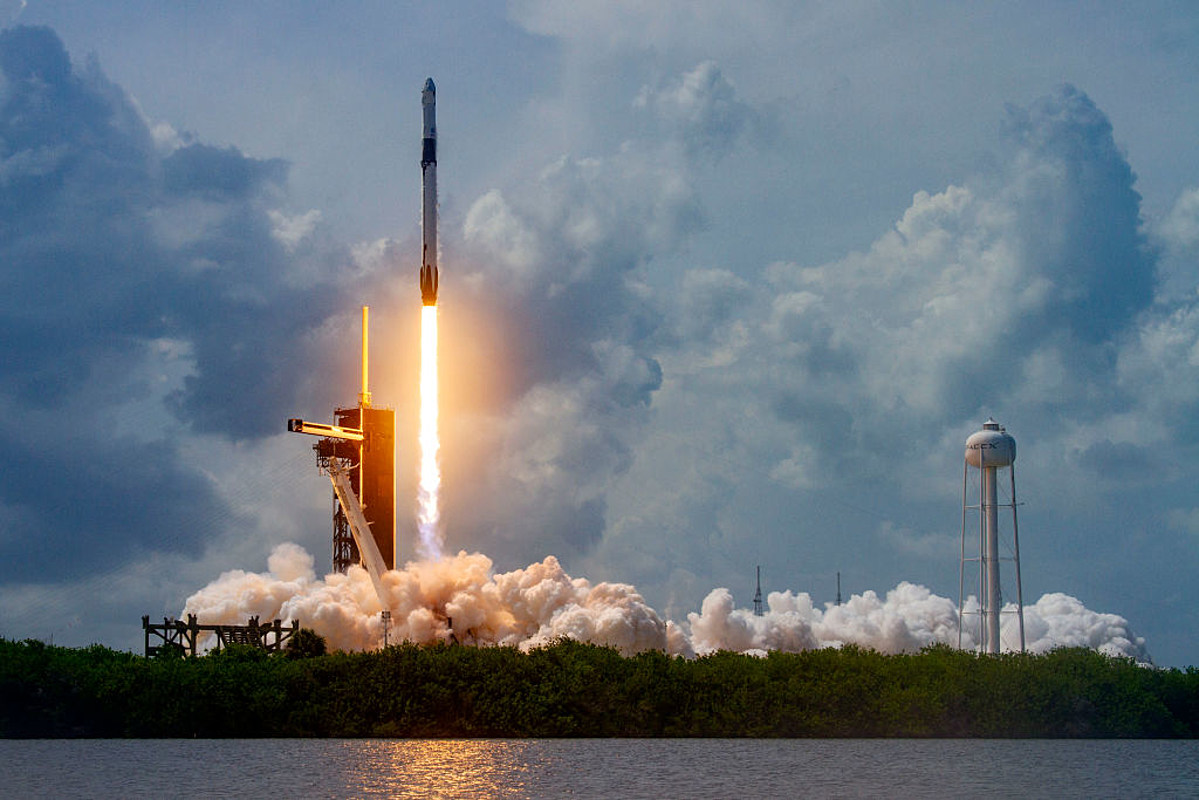
Exhaust can be seen streaming out the bottom of the rocket in photos or videos of a launch. The flames, heated gases, and smoke produced by the rocket’s propellants are referred to as exhaust. The exhaust from a rocket engine is pushed down toward the ground. That is the driving force. The rocket retaliates by traveling in the other direction and lifting off the ground. That is the force of reaction.
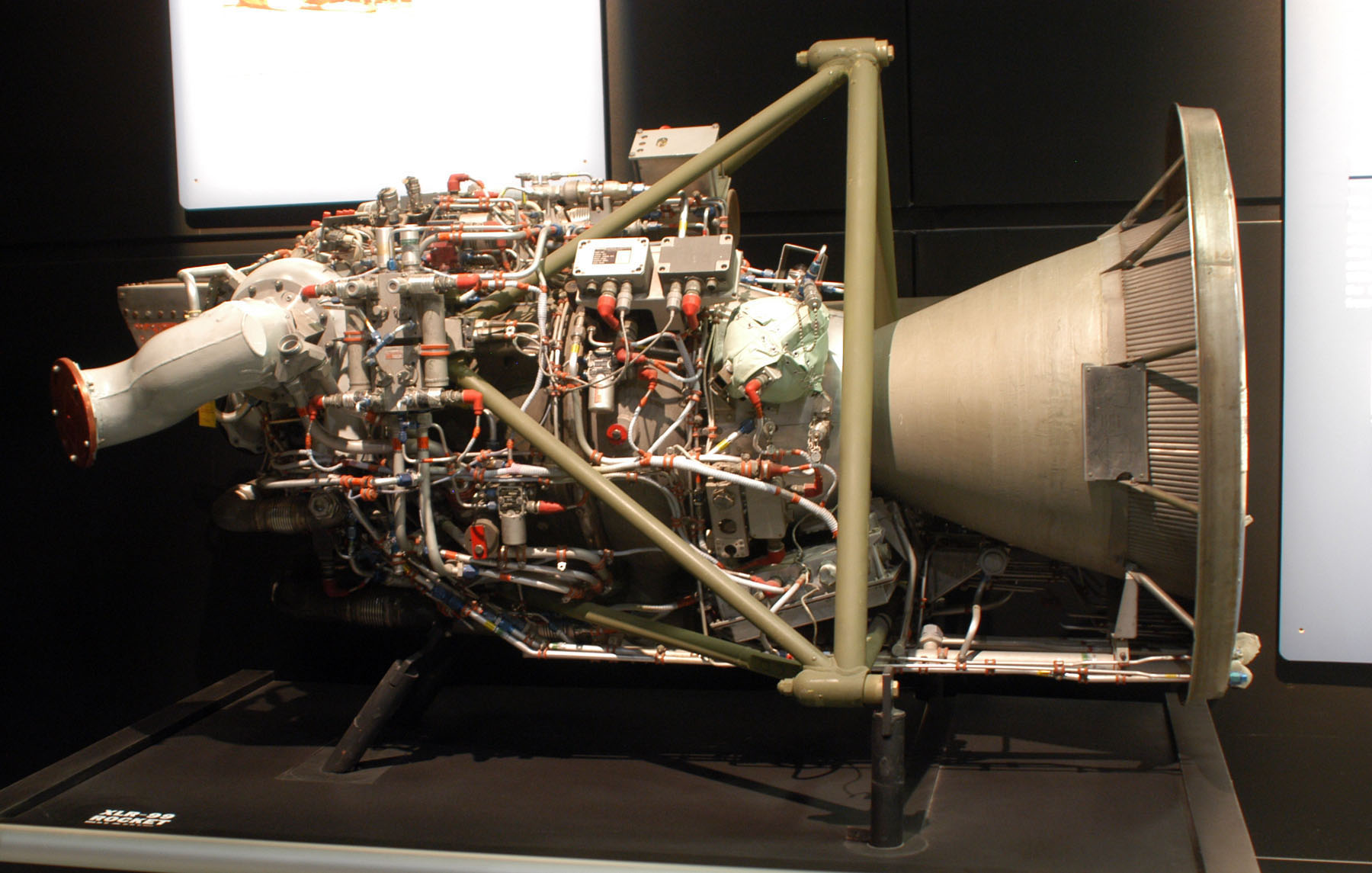
So basically, that’s how things are launched into space. But this type of launching has heavy costs and is not really environmentally friendly. Entrepreneurs have used everything from reusable rockets and 3-D printing to air-launch vehicles and high-altitude balloons to cut the costs of launching payloads to space and boost the commercialization of Low Earth Orbit (LEO). However, there is one thought that actually appears to be out of this planet.
SpinLaunch
SpinLaunch, a start-up space company that is developing a new technique of launching spacecraft into orbit, completed a successful first test flight of a prototype in New Mexico last month. SpinLauch came up with a very clever concept and that is a mass accelerator, a kinetic energy space launch mechanism that offers an alternative to chemical rockets.
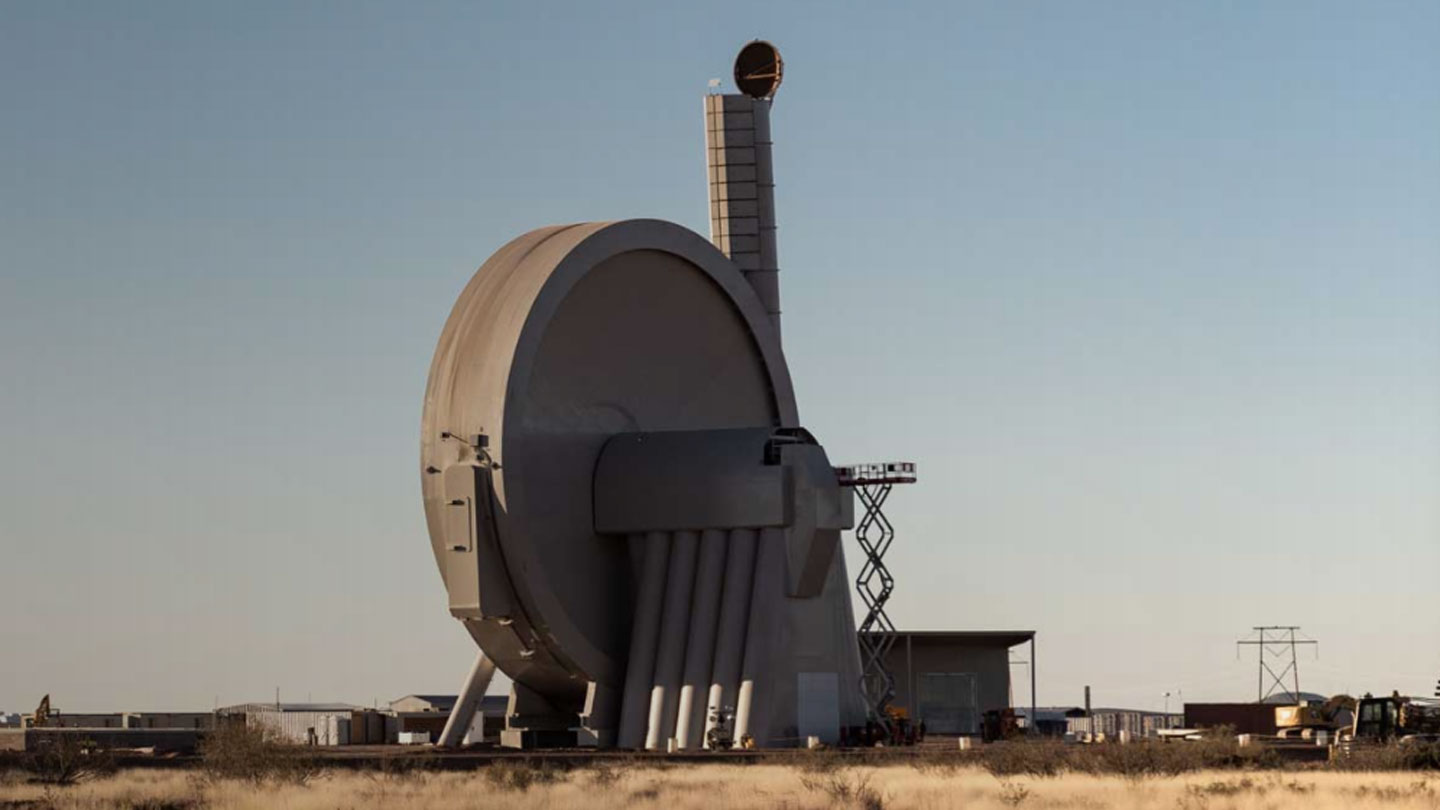
SpinLaunch has been working on its groundbreaking approach for years, securing over $100 million in backing from investors such as Google Ventures, Airbus Ventures, and Kleiner Perkins. It also has a working SpacePort in New Mexico where it can conduct kinetic launch tests. Not everyone knows about them but the CEO, Jonathan Yaney said the more important the project is, the better off they are working on it rather than talking about it.
The October test was a huge success, and word of the company’s revolutionary new launch technique spread like wildfire. To be sure, it’s a game-changer, turning the “rocket equation” on its head. To get off the ground, traditional space rockets rely on enormous amounts of fuel and powerful engines, so they take up the majority of their mass, leaving only a fraction of the space for payloads. On the other hand, SpinLaunch just requires kinetic energy to go to high altitudes where engines can take control.
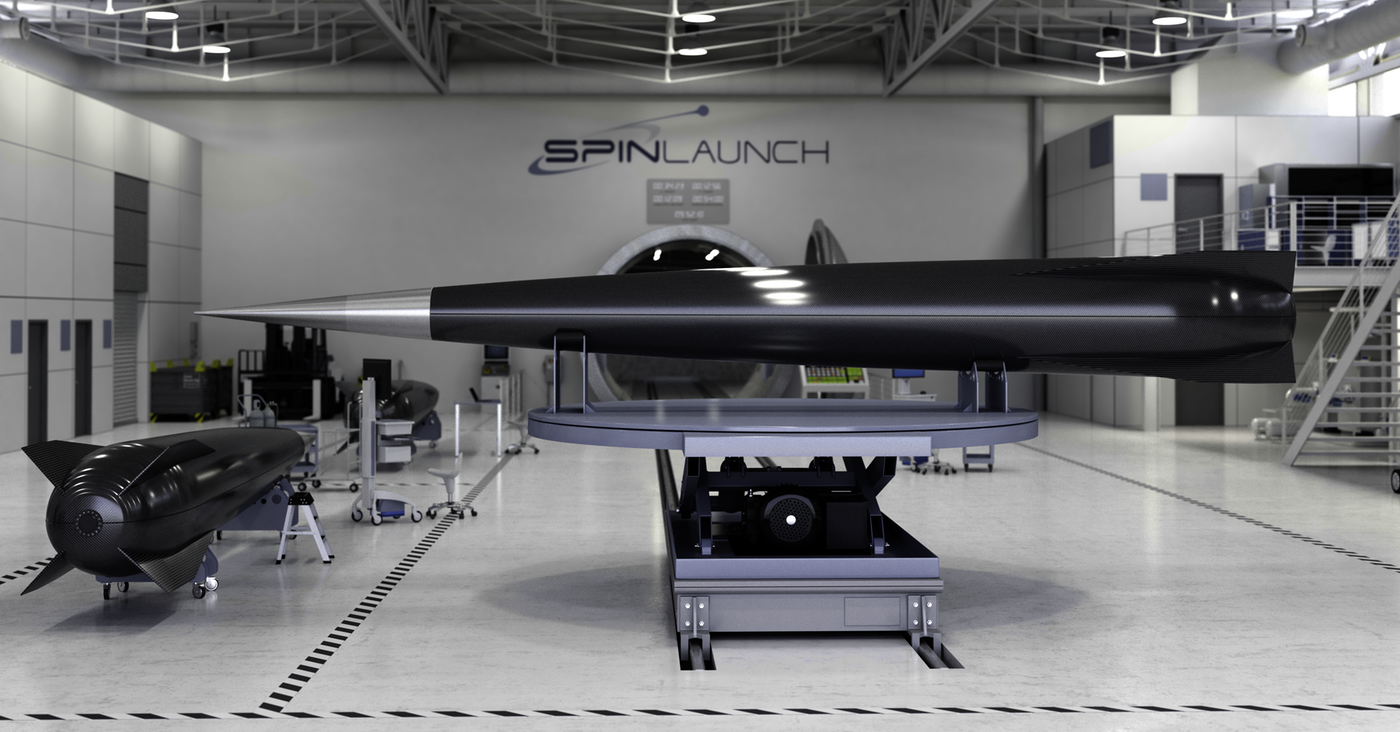
The company’s SpacePort suborbital accelerator in New Mexico, which stands 165 feet tall, is roughly the same size as the Statue of Liberty, but it’s only one-third the scale SpinLaunch would need to launch actual rockets. Still, it’s plenty to demonstrate that the technology works and iron out any problems.
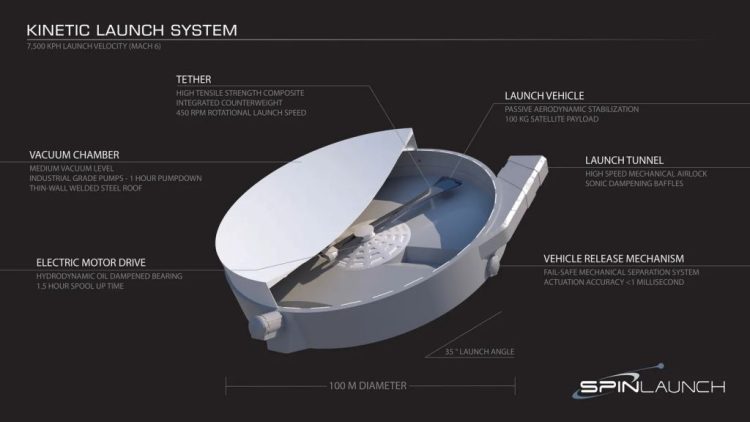
The SpacePort’s spherical vacuum-sealed container houses a revolving arm that can accelerate any anything to hundreds of thousands of miles per hour before releasing it aloft. The device managed to send a prototype tens of thousands of feet into the air while only using 20% of its power for the recent test launch in October.
Although the launched spacecraft lacked a rocket engine that would take over once it reached a particular altitude, SpinLaunch intends to add one in the near future. It, like SpaceX, intends to retrieve launched space rockets, lowering prices even further.
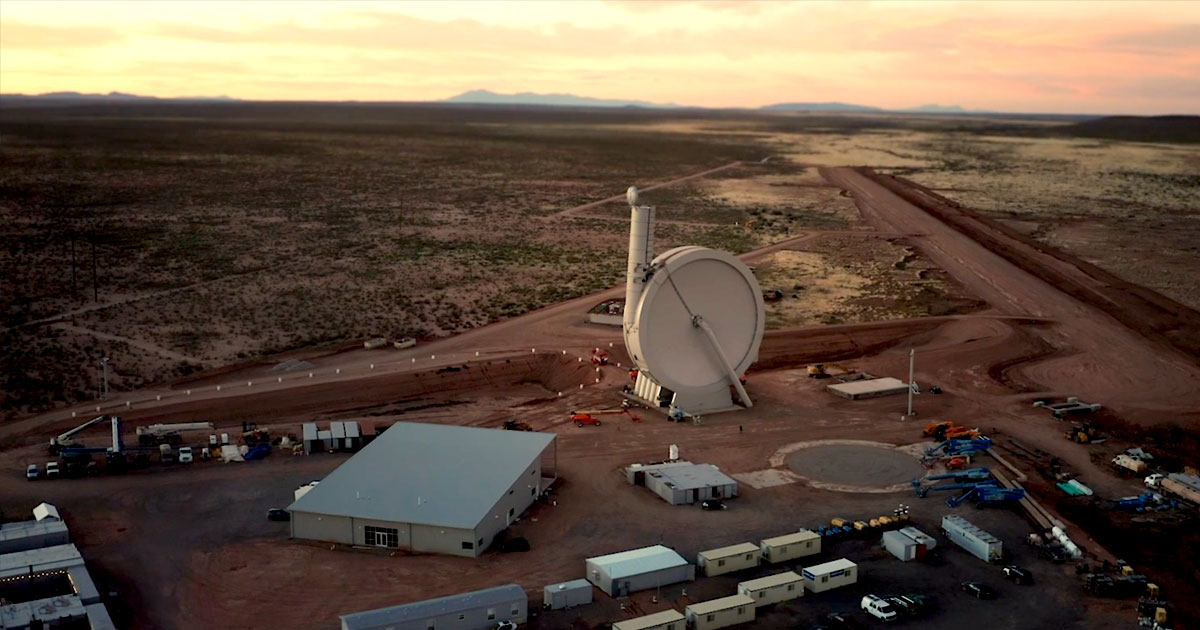
SpinLaunch’s technology, if successful, could prove to be the most cost-effective and dependable method of launching items into orbit.
Sources: Scott Manley, Oddity Central, Space Place, Universe Today, CNBC, Space, Daily Mail UK.

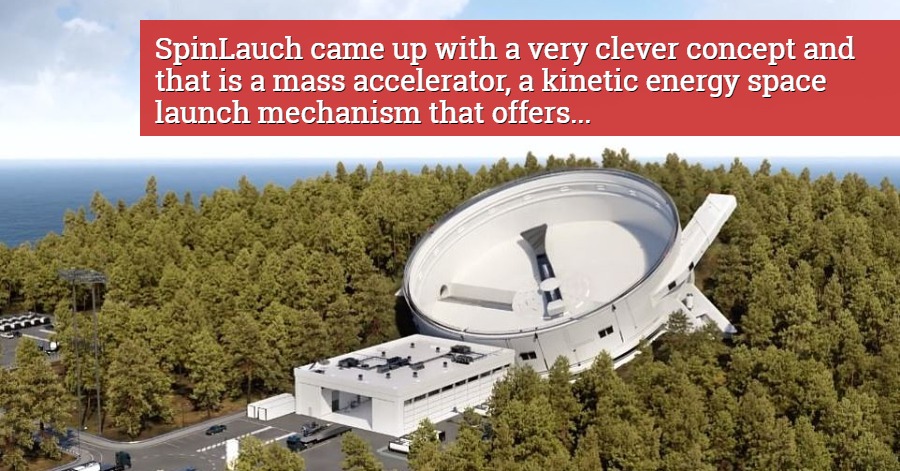







Leave a Comment